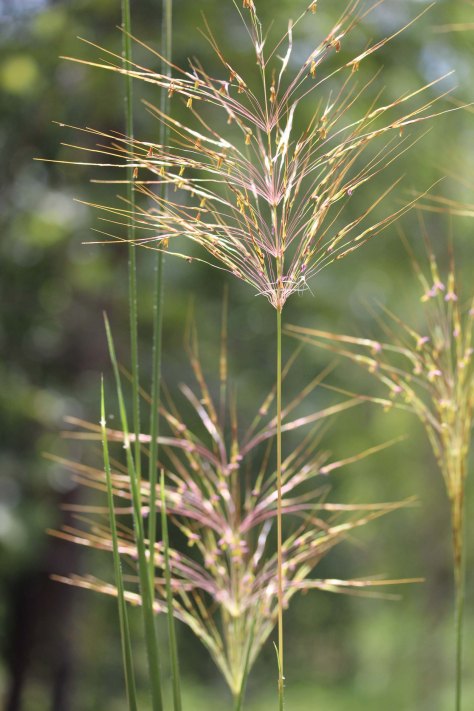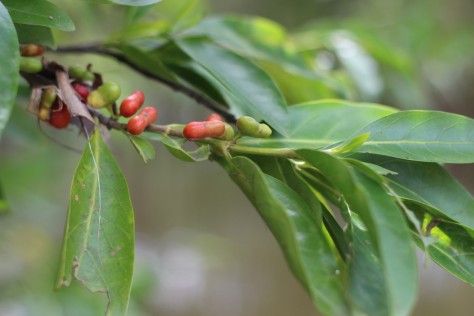 There are so many wonderful plants fruiting and flowering at the moment in The Top End with abundant food for fauna that it is hard to choose just one, but here is one that I have observed many birds eating and is truly beautiful to the human eye, as it looks like a love heart, and also can be eaten by humans. I have seen it on Land for Wildlife blocks in creeks at Humpty Doo, Bees Creek, Noonamah and on the Blackmore River too.
There are so many wonderful plants fruiting and flowering at the moment in The Top End with abundant food for fauna that it is hard to choose just one, but here is one that I have observed many birds eating and is truly beautiful to the human eye, as it looks like a love heart, and also can be eaten by humans. I have seen it on Land for Wildlife blocks in creeks at Humpty Doo, Bees Creek, Noonamah and on the Blackmore River too.
Cyclophyllum shultzii, also known as “Lolly Bush” and formerly Canthium lucidum is in the family Rubiaceae and a great local native and source of food for fauna.
It is a small thin tree or shrub that is found along rivers, in spring fed rainforest and in wetter areas, but is also popular as a wildlife attracting plant in gardens.
It has opposite leaves and tiny white and yellow flowers, these are loved by an array of insects and slowly form into little love-heart red juicy fruits in January to March. These are loved by a huge array of birds including Bower birds, Dollar birds, Honey Eaters, Rainbow Lorikeets and I am sure many more. Black-footed tree rats and other small mammals and even larger lizards would love these fruit too.
I have not managed to capture a bird in action, but here is the wonderful fruit itself, which have 2 little seeds that are in each half of the heart. 
We love this plant and so does wildlife..

You can propagate these plants fairly easily by seed and often small seedlings are found under the tree that have been dropped by birds. The leaves can yellow off a little if they get too much sun or dry out.
Emma, Land for Wildlife Coordinator

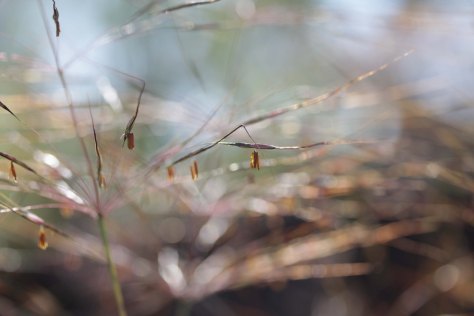 This season (and always) our theme is connectivity. As we all know everything is interconnected in this world. If you are a landholder this connectivity relates to landholders next door and their land use and your relationship with them. It also ranges from creating wildlife corridors to the ecology of a landscape and how each species is reliant on others in a complex web, including humans (although many forget this!).
This season (and always) our theme is connectivity. As we all know everything is interconnected in this world. If you are a landholder this connectivity relates to landholders next door and their land use and your relationship with them. It also ranges from creating wildlife corridors to the ecology of a landscape and how each species is reliant on others in a complex web, including humans (although many forget this!).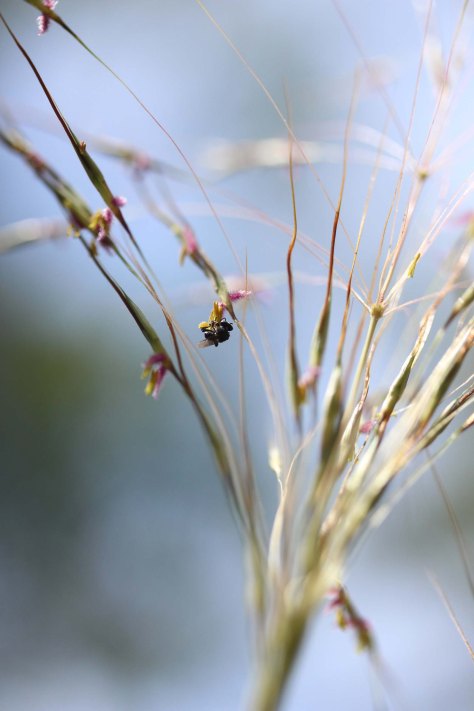
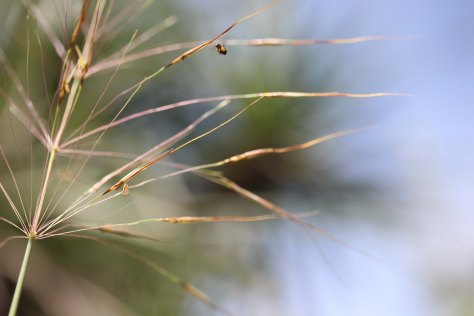 Small grass nesting birds such as finches and wrens use the plants for nesting. Some butterfly larvae also feed on grasses. Reptiles and probably bandicoots would use tussocks for shelter too.
Small grass nesting birds such as finches and wrens use the plants for nesting. Some butterfly larvae also feed on grasses. Reptiles and probably bandicoots would use tussocks for shelter too.
